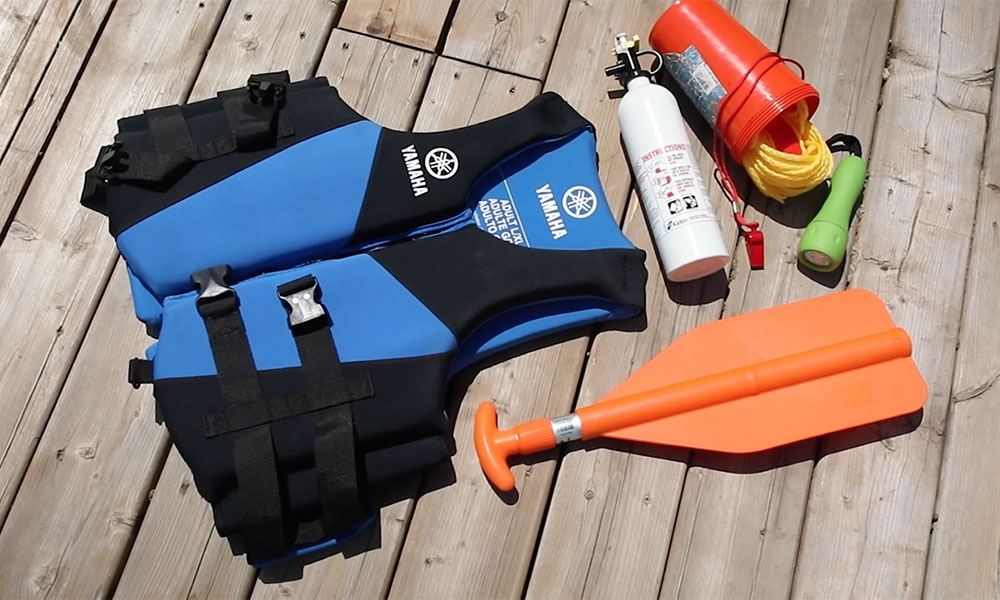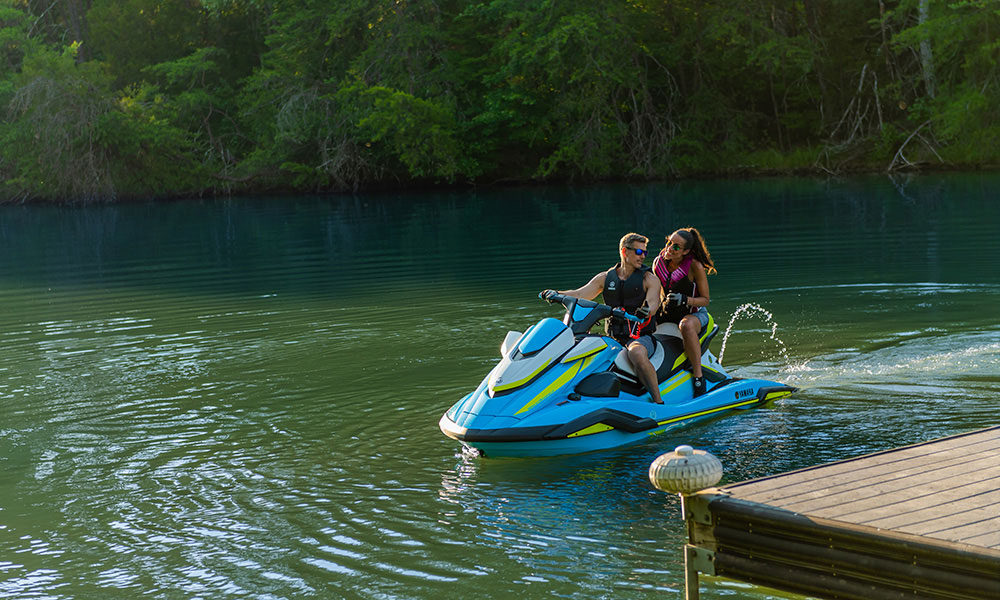By Cody McGhee
Senior Marketing Associate – Marine & Special Markets
Yamaha Motor Canada
Senior Marketing Associate – Marine & Special Markets
Yamaha Motor Canada
A float plan is as unique as Canadian boaters and the waters they explore. No matter what kind of boater you are or where you’re going, whether a day trip close to home or a multi-day ocean adventure, you should fill out a proper float plan every time you push away from shore. But what is a float plan? Why should you use one? What information should you include?
A float plan is a document that outlines the details of your boating trip. It should include where you’re leaving from, the intended route to your destination and when you expect to arrive, along with your boat’s name, size, registration number and the number of passengers on board.
A float plan should also note the equipment and supplies on board, such as VHF radio, life jackets, flares and first aid kit. Don’t forget to jot down a cell phone number. Tip: if you’re boating with other people, mark their phone number down too!

Give your float plan to a trusted family member, friend or even a neighbour. If you don’t arrive at your destination when you’re expected, they will also have all the information needed to contact you or help search and rescue to locate your boat.
A float plan is not just a safety tool, but a great way to plan your trip! It’ll help keep you organized and make sure you have all the necessary equipment and supplies on board. The plan will also lay out your route so you can also identify any potential hazards along the way, like as shallow areas or places with heavy boat traffic, that you can opt to navigate around.

Taking some time to complete a float plan before each trip can help ensure a safe and enjoyable boating experience. Remember to update your float plan if there are any changes to your intended route or on-board equipment.
When you’re ready to hit the water, check out the free, ready-made float plans from the Canadian Safe Boating Council HERE.


 All Yamaha News
All Yamaha News